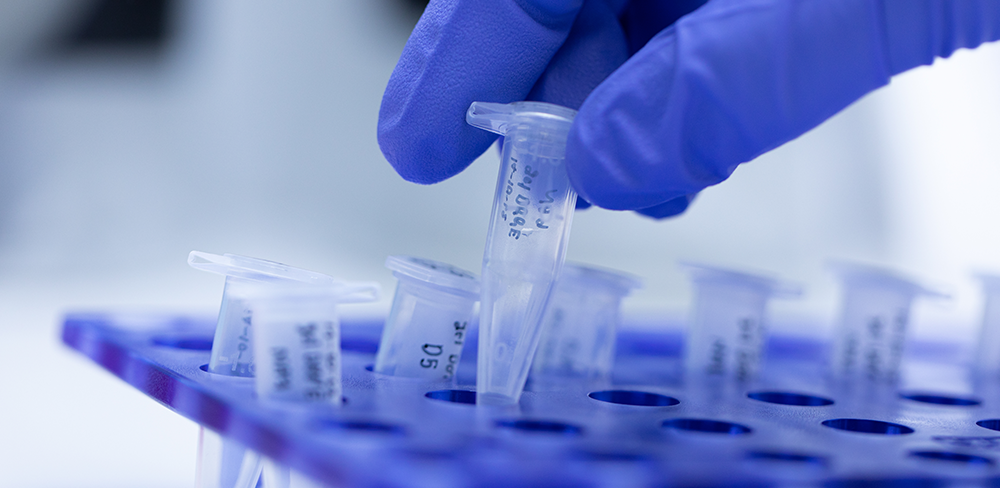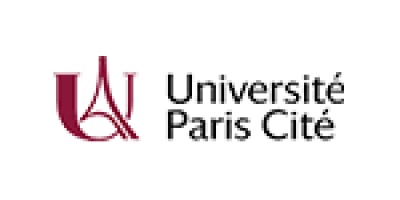Research & Development
PRINTUP INSTITUTE is an institute specialized in printed electronics for the health sector. The Research & Development activities are based on the competences of several Research Units that work at the frontier of current knowledge for the creation of intellectual property and for innovation in the health sector.
The interdisciplinary teams integrate all these fundamental approaches in the development of functional ink formulations, organic and inorganic electronic devices such as sensors and biosensors, fabricated on a wide variety of substrates using printed electronics techniques. Surface functionalization by printing is a strong activity of the laboratory. The expertise of the institute’s researchers is internationally recognized in electrochemistry and biotechnology.

The formulation of functional inks is a specificity of the Institute’s Research & Development.
It is based on the unique and recognized skills of its researchers in nanochemistry, supramolecular chemistry and macromolecular chemistry.
The expertise of the teams in molecular engineering and formulation favors the design of inks with high added value functionalities: organic, conductive or semi-conductive inks, metallic inks (gold, silver, copper,…) or inks based on nano-carbons or functionalized silica nanoparticles.
Sensors and biosensors represent the core expertise of PRINTUP INSTITUTE’s Research & Development researchers.
The range of biosensors and sensors developed by the institute is very wide. The institute’s skills cover the entire chain of knowledge necessary for innovation in this field of diagnosis: from the identification of new targets of interest to preliminary tests (tissue, animal and human models).
At the research level, in the field of developing innovative detection schemes, the Institute’s researchers have unique international visibility. They are now developing ultimate sensitivity sensors capable of detecting trace substances in complex environments thanks to the integration of amplification loops, particularly molecular ones. These detection devices mainly use electrochemical or electrical transduction to guarantee a low-cost and easily miniaturizable technology.
For the health sector, the identification of new targets of interest for diagnosis is an integral part of the Institute’s upstream activities.
Thanks to its research activities in the field of physiological mechanisms, the institute is able to develop dedicated detection strategies and to quantify their relevance through large-scale clinical studies. In addition, the Institute has the know-how to validate innovative analytical approaches with standard techniques.
In connection with industrial production, new methods are being developed to reduce the size of printed devices and to provide additional functionality. This can be a reduction in the electrical power consumed (which translates into an increase in the life of the detection system’s batteries) or the possibility of integrating a higher number of sensors and electronic functionalities per unit area.
To achieve these objectives, PRINTUP INSTITUTE’s Research & Development teams are currently studying original and innovative surface functionalization formulations and techniques. These strategies are based on a fine control of the droplet drying dynamics in order to improve the spatial resolution of the printed patterns.
Energy generation and storage integrated into the medical device.
Sensor systems for monitoring biophysical parameters of patients require energy sources, both to power the sensors and signal processing circuits and to transmit the acquired data.
PRINTUP INSTITUTE researchers are actively working on the development of new materials for thermoelectric energy recovery, capable of transforming temperature differences into usable electrical power for the energy needs of printed sensor systems.
For your research work, PRINTUP INSTITUTE offers its teams of researchers and engineers, provides the equipment of its technological platform and develops future collaborations. In full confidentiality.
More information:
giorgio.mattana@printupinstitute.fr – hyacinthe.randria@printupinstitute.fr

LEIDEN 2022:
UNIVERSITÉ PARIS CITE, first French university for the impact of publications
UNIVERSITÉ PARIS CITE has, over the period 2017-2020, 5,045 publications present among the 10% most cited in the world. It has thus gained seven places at the global level compared to the 2021 edition, moving up to first place in France, sixth place in Europe, and thirty-second place worldwide. It also retains its first place in the French Top 1%*.
This result reflects both the dynamism of publication activity and the impact of the scientific output of Université Paris Cité research units. The university retains its top ranking in Biomedical Sciences and Health.
*The Leiden ranking is based solely on bibliometric indicators related to scientific publications. For this year’s ranking, articles and reviews published between 2017 and 2020 in international journals selected for their disciplinary focus are selected. For each major theme, indicators based on the number of citations among the 1%, 5%, 10% or 50% of the most cited articles worldwide are used.
(Source UNIVERSITE PARIS CITE)







